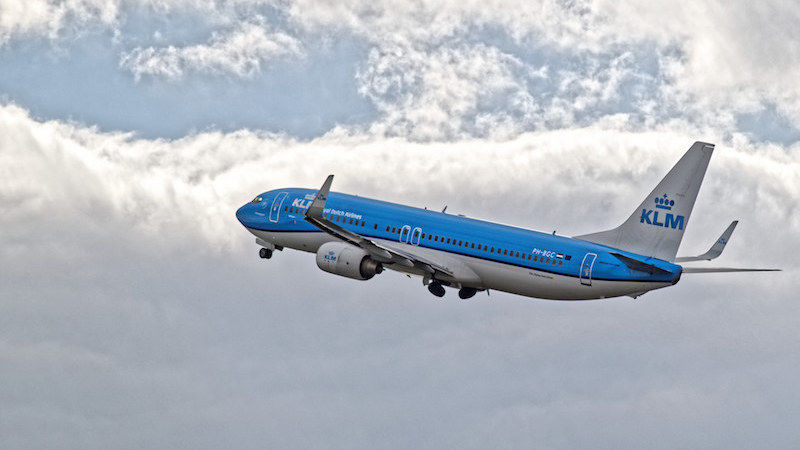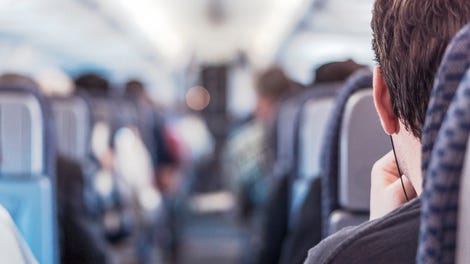
Turbulence can range from annoying to downright frightening, and you don’t have to be an anxious flyer to get worked up by it. It’s hard to avoid turbulence when flying, but you can control how you handle it.
I reached out to pilot Patrick Smith, who runs Ask the Pilot, about turbulence on planes . He directed me to his article on the subject, which explains why you generally shouldn’t worry about turbulence:
From a pilot’s perspective it is ordinarily seen as a convenience issue, not a safety issue. When a flight changes altitude in search of smoother conditions, this is by and large in the interest of comfort. The pilots aren’t worried about the wings falling off; they’re trying to keep their customers relaxed and everybody’s coffee where it belongs. Planes themselves are engineered to take a remarkable amount of punishment, and they have to meet stress limits for both positive and negative G-loads. The level of turbulence required to dislodge an engine or bend a wing spar is something even the most frequent flyer—or pilot for that matter—won’t experience in a lifetime of traveling.
If you can see them from your seat, you can also look at how the flight crew is reacting to the turbulence. If they’re calm about it, you likely have nothing to worry about it, even if it feels serious.
Get Your Seat Set Up
When buying your ticket, you should try to get a seat close to the middle of the plane, over the wings, if possible. Turbulence will be felt less in this part of the plane. Once you get to your seat, set it up to help you handle any turbulence your flight experiences.
- Entertainment: Have stuff to distract you within arm’s reach. Maybe it’s a book you can’t put down, your favorite movie or TV show, or calming music.
- Barf bag: You probably won’t need it, but if you do, you’ll be glad you have it. Your seat might already come with one, but if not, ask a crew member for one when you board or bring your own (make sure it is able to hold in liquids).
- Comfy stuff: Soft blankets, a neck pillow, your favorite hoodie or slippers can all go a long way to helping you relax and be in a calmer state of mind when turbulence comes up.
Have Techniques to Relax
When turbulence does hit, it’s helpful to have a couple techniques to calm yourself until it passes.
- Breathing exercises: If you do yoga or meditation, you might already have a breathing exercise that works for you. If you don’t, try this one that focuses on breathing in for four seconds and out for eight seconds.
- Reducing vibrations: You may find that lifting your feet off the floor can lessen the amount of vibrations you feel from turbulence.
- Going with the flow: Instead of tensing up, focus on relaxing your muscles so that you move with the turbulence instead of against it. This can be hard to do, but it also gives you something else to think about.
You can also remind yourself that other modes of transportation are often bumpier than air turbulence—we’re just so used to them that we don’t realize it. Think about how much you shift around because of the bumps in the road when driving a car or riding a bike, or how you are sometimes swayed back and forth on the subway.
















